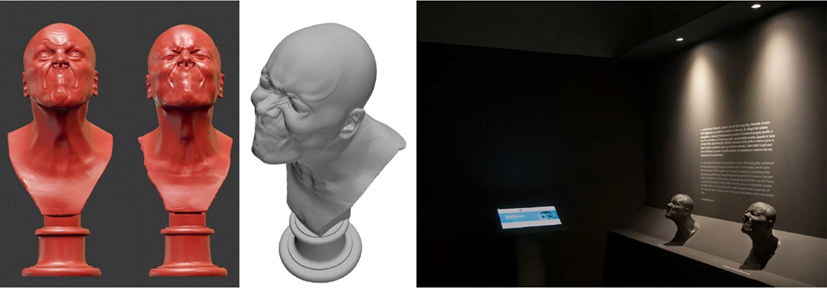
Discovering Architectural Artistic Heritage Through the Experience of Tactile Representation: State of the Art and New Development
Abstract
The current purpose of many national and international regulations is to ensure accessibility and fruition to the artistic and architectural masterpieces of cultural heritage. The aim of different public institutions or private associations is to allow everyone to discover and appreciate works of art.
Understanding the different form of art is very complex especially for a person with a visual disability, who becomes aware of the surrounding reality using predominantly the sense of touch. Disability includes a series of problems that correspond to different solutions for the fruition of cultural heritage. Accessibility is guaranteed for people with motor disabilities by the removal of architectural barriers, for deaf and hard of hearing people by the communication of the insights, for mental disability with laboratory activities. Instead, blindness requires a different approach, as it proposes problems and requires specific operations. The article focuses on the issue of accessibility of heritage to blind and visual impairment people, presenting the consolidated techniques and the most innovative ones adopted to communicate the different forms of art, constituting both a source of knowledge and aesthetic pleasure.
Keywords
Full Text:
PDFRefbacks
- There are currently no refbacks.
Copyright (c) 2019 Veronica Riavis
DISEGNARECON
ISSN 1828 5961
Registration at L'Aquila Law Court no 3/15 on 29th June, 2015.
Indexed in SCOPUS. Diamond Open Access. All papers are subjected to double blind peer review system by qualified reviewers.
Journal founded by Roberto Mingucci
